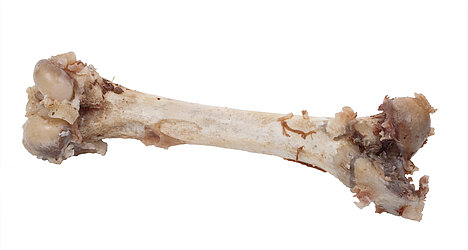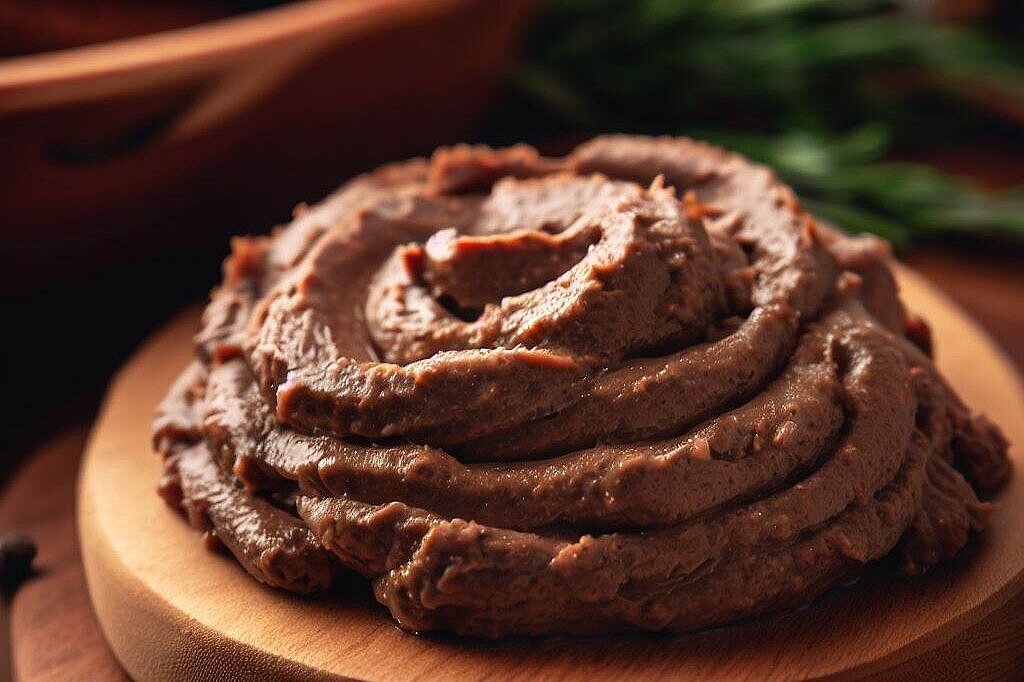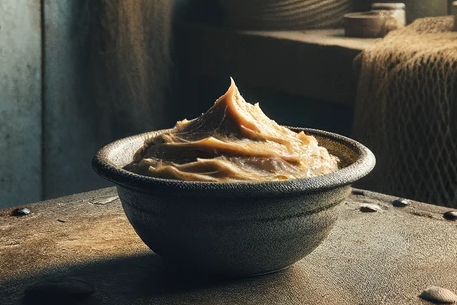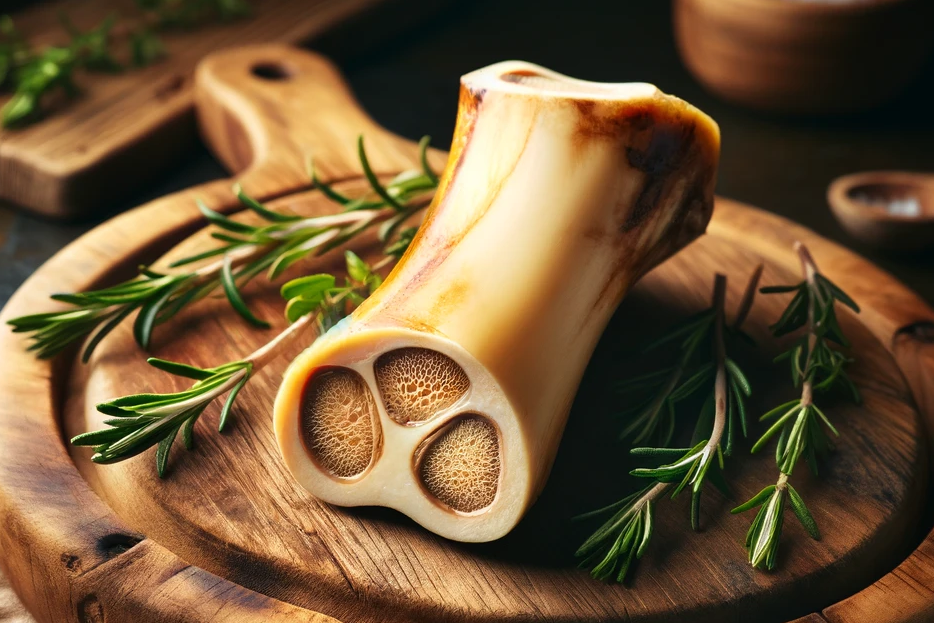Bone paste

You may have heard of bone paste, an ingredient found in some dog food products. But what is bone paste and how does it affect your dog's health? This article will tell you everything you need to know about it.
What is bone paste?
Bone paste is a by-product of meat processing that consists of chopped and cooked bones. Both animal and vegetable fats and proteins are extracted in the process. The paste has a yellowish to brownish color and a soft to firm consistency.
Bone paste is often used as a filler or binder in dog food to improve texture and reduce cost. It can also be used as a source of calcium, as it contains high levels of this mineral.
What are the benefits of bone paste for dogs?
Bone paste can have several benefits for dogs when fed in moderation. Firstly, it can promote bone and dental health as it provides calcium and phosphorus. These minerals are important for building and maintaining bones and teeth.
Secondly, it can aid digestion as it contains gelatine. Gelatine is a protein derived from collagen. It can help to protect and repair the intestinal wall and regulate the intestinal flora.
What are the disadvantages of bone paste for dogs?
However, bone paste can also have some disadvantages for dogs if it is fed in too large quantities or too frequently. For one thing, it can lead to overweight and obesity as it is very high in calories. It also contains a lot of fat, which can raise cholesterol levels and increase the risk of cardiovascular disease.
Secondly, it can lead to deficiency symptoms and metabolic disorders as it contains few vitamins and trace elements. It can also impair the absorption of other nutrients if it binds or displaces them. It can also trigger allergies or intolerances if the dog is sensitive to certain ingredients.
How much bone paste can my dog eat?
There is no general recommendation as to how much bone paste a dog can eat. This depends on various factors, such as the dog's age, weight, activity level and state of health. The quality and composition of the bone paste also play a role.
In general, however, bone paste should only make up a small proportion of the dog food and should not be used as the sole source of calcium. It is advisable to look at the label of the dog food and check how much bone paste it contains. If possible, you should choose a high-quality dog food that consists of natural ingredients and contains no artificial additives.
Bone paste is an ingredient found in some dog food products. It can have some benefits for your dog's health, but it can also have some disadvantages. You should therefore pay attention to how much bone paste your dog eats and what quality it is. Of course, it is best to provide your dog with fresh and varied food that provides all the nutrients he needs.
If you notice any signs of hypersensitivity or poisoning in your dog, you should see your vet immediately. We are not a substitute for a vet, but we try to be as accurate as possible. Every dog reacts differently and we recommend you get a second opinion or consult your vet if in doubt.
Stay healthy and take good care of your four-legged friend!😊
Similar to Bone paste
Liver sausage is a cooked sausage that consists mainly of pork liver, but can also contain other meat and fat from pork, beef or veal. The liver makes up around 10 to 40 percent of the sausage...
Fish paste is a product made by fermenting or processing fish into a soft, spreadable mass. It contains the concentrated flavor and nutrient profiles of the original fish, including essential fatty...
Not all bones are the same. There are different types of bones that vary in size, shape, hardness and composition. Depending on the type of bone you give your dog, this can have different effects on...
Bone marrow is the soft tissue found inside the bones. It consists of two types: red bone marrow, which is responsible for the production of blood cells, and yellow bone marrow, which mainly...



